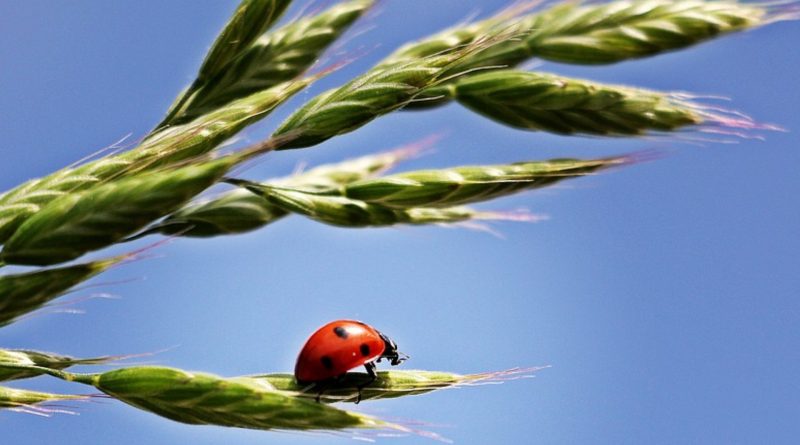Agriculture Version 5.0 (Agroecology)
Agriculture Version 5.0 (Agroecology)
After 10,000 years of agricultural history we have to admit with extreme frankness that there are all the conditions and all the understandings to turn the page and admit that we can put in place a new agricultural model. We can admit that “The model of the green revolution, begun after the Second World War, is exhausted” and this sentence, which was now awaited in every part of the world, comes from the director of FAO, José Graziano da Silva.
So after the agricultural system slowly matured and evolved until the dawn of the great world wars and the next one of the so-called Green Revolution (which was a clumsy attempt to impose unaccountable anti-ecological principles) we start, without any doubt to what must be the a model that will characterize the economy and the ecology of the future: A productive version of agriculture that, in line with the principles of ecology, reorganizes the agronomic disciplines and lays the damage of a sadly failed agricultural experiment for over half a century. A perfectly agro-ecological version that, by borrowing an IT term, could be baptized: Agriculture 5.0.
The environmental cost, of which we still do not fully understand the entity that future generations will have to pay, which the Green Revolution has also generated through the contribution of chemistry and pesticides, is too salty. The illusion created immediately after the Treaty of Rome and the announcements of the end of world hunger have been sadly unmasked by a social and ecological disaster without appeal. So again FAO, by the mouth of its director: “One of the two reasons why the model of the green revolution can be considered exhausted is the enormous environmental cost that this increase in production and productivity has had”.
It is now painfully known today that the widespread use of chemical fertilizers and pesticides has contributed to the deterioration of the land, the contamination of water and the loss of biodiversity. The overall fertility of the entire planet has been impoverished without having in any way solved the problem of hunger in the world; on the contrary, this agricultural model has generated only more poor people (815 million people in 2016) and a very marginal problem, namely that of the obese and overweight people who today, according to official data, amount to a billion and 900 million (of which 650 million obese). In short, a social and ecological imbalance effect of chemical doping and system of “modern” agriculture.
And now the entire planet, whether it is developing countries, or whether it is the “advanced” Western opulent countries will have to run for cover through the drafting of national and local agricultural plans that, on the principles of agroecology, restoring a system that is not only productive, but also of exchanges, highly sustainable and respectful of social and ecological balances. An Integral Ecology repeatedly requested by Pope Francis through his encyclical “Laudato Sì”.
In short, a system that is no longer doped by chemistry, exaggerated markets, control systems and bureaucratic structures that have imploded that “Green Revolution” that we have the obligation to rename “Green Illusion”.
Guido Bissanti

